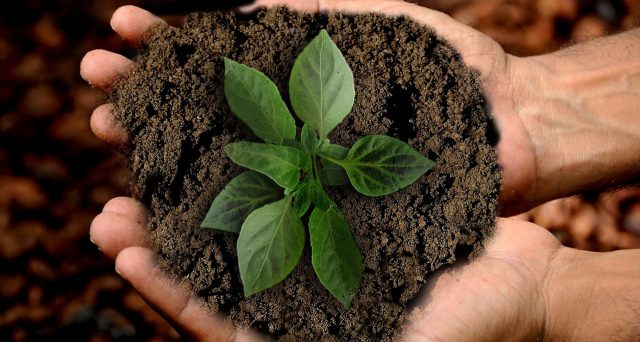
Sustainability refers to the actions that ensures our present needs are met without compromising the ability of future generations to meet their own needs. It encompasses social, economic, and environmental aspects. It is vital in creating a better future for ourselves and the planet. Sustainability focuses on finding a balance between human activities and the natural world. This then ensures long-term well-being for all.
Individual and collective actions are crucial in promoting sustainability in our daily lives. It’s not just the responsibility of governments or organisations but also of individuals to make conscious choices that prioritise sustainability. Small changes, when multiplied, can have a significant positive impact on the environment and society. Below are unique tips that will help you contribute to a more sustainable future.
Reduce, Reuse, Recycle
The 3Rs – Reduce, Reuse, and Recycle – are fundamental principles of sustainability that promote responsible consumption and waste management. They play a vital role in minimising our environmental impact and creating a more sustainable future.
- Reduce: The first step is to reduce your consumption and waste generation. This can be achieved by being mindful of your purchasing habits, avoiding unnecessary packaging, and choosing products with minimal environmental impact.
- Reuse: Reusing items helps to extend their lifespan and reduce the need for new purchases. It involves finding creative ways to repurpose or repair items, donating or selling items you no longer need, and using reusable products like water bottles, bags, and containers.
- Recycle: This is the process of transforming waste materials into new products. Proper recycling helps to conserve resources, reduce energy consumption, and decrease pollution. It’s important to familiarise yourself with local recycling guidelines, properly sort and clean recyclables, and support your community’s recycling initiatives.
Practical tips for reducing waste, reusing items, and properly recycling include avoiding single-use items, composting organic waste, repurposing household items for DIY projects, donating or selling items in good condition, and following local recycling guidelines diligently. Incorporating these practices into your daily life can significantly impact the environment and promote sustainability.
Practice Sustainable Transportation
Transportation plays a crucial role in reducing carbon emissions. Using fossil fuels in transportation significantly contributes to greenhouse gas emissions, air pollution, and climate change.
To promote sustainable transportation options, individuals can consider using public transportation. This includes buses, trains, or trams, as they typically have lower carbon footprints compared to individual car use.
Biking or walking for short distances can be an eco-friendly option that promotes physical health as well. You can also go for electric car leases or other forms of electric transportation, such as e-scooters or e-bikes. This can significantly reduce carbon emissions and contribute to a greener transportation system. If you want to learn more about leasing an electric vehicle, check out LV ElectriX.
By incorporating sustainable transportation practices into your daily routines, you can contribute to environmental sustainability. You’ll also reduce carbon emissions and create a more sustainable future for ourselves and the planet.
Conserve Energy
Energy production is a key source of greenhouse gas emissions, so conserving energy helps combat climate change. By saving energy at home, you can play your part in creating a more sustainable future.
Using energy-efficient appliances is a practical way to reduce energy consumption. Unplugging electronics when not in use, such as turning off lights, TV, and computer, can also help save energy.
Air leaks can also cause energy wastage by letting warm or cool air escape, leading to higher energy consumption. Sealing gaps in windows, doors, and walls and adding weatherstripping can help prevent air leaks and improve energy efficiency.
Utilising natural light is a simple but effective way to save energy. Opening curtains and blinds during the day and using natural light instead of relying on artificial lighting can reduce electricity consumption. Installing energy-efficient light bulbs, such as LED bulbs, can save energy and last longer.
Implementing these home energy-saving tips can help reduce carbon emissions, fight climate change, and create a more sustainable future.
Choose Sustainable Products
Consumer choices have a significant impact on the environment and society. Our decisions as consumers can shape industries, influence production practices, and contribute to social and environmental issues. It’s crucial to be mindful of our choices and strive towards more sustainable options to create a positive impact.
When it comes to food, choosing locally sourced, organic, and sustainably produced options can reduce the environmental impact of agriculture. In terms of clothing, opting for ethically produced, fair-trade, and sustainable clothing can help reduce the negative impacts of the fast fashion industry. This includes pollution, waste, and labour exploitation. Repairing and upcycling clothes can also extend their lifespan and reduce waste.
For household items, choose products made from recycled materials, and opt for eco-friendly cleaning products. Investing in durable and long-lasting products can also reduce the need for frequent replacements.
Being informed, conscious, and making intentional choices as consumers can positively impact the environment and society, promoting sustainability and creating a better future for future generations.











